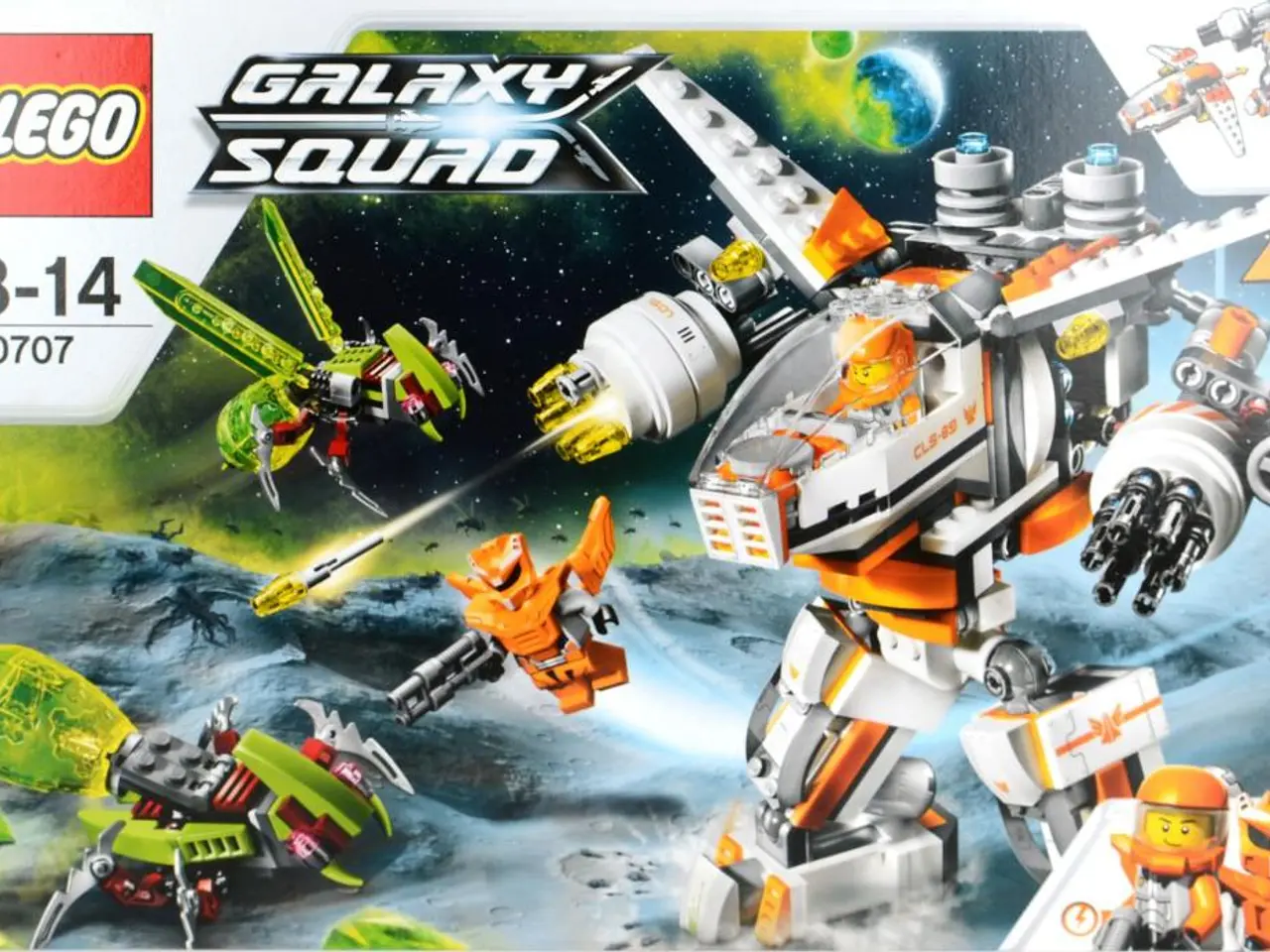Next week, Elon Musk's xAI will unveil the open-source Grok 2, a move intended to compete with OpenAI's closed-weight AI models.
==================================================================
Elon Musk's decision to open-source Grok 2, his latest open-source AI model, marks a significant departure from OpenAI's more closed-source approach and carries several important implications and potential industry impacts.
Increased Transparency and Collaboration
By open-sourcing Grok 2, xAI will provide full access to the model’s source code, training data, and development methodology. This contrasts with OpenAI's recent "open-weight" models, which only share trained parameters without revealing code or training details. Open sourcing enables researchers, developers, and the broader AI community to study, adapt, and improve the model freely, fostering innovation and collaborative advancements in AI.
Acceleration of AI Research and Development
Open access to Grok 2 could spur faster academic and industrial breakthroughs as developers can customize and build upon the model. This democratizes AI technology, potentially lowering barriers for startups, smaller companies, and academic institutions that may lack resources to develop large models independently.
Potential for Integration and Ecosystem Growth
Grok 2’s integration with Musk’s ecosystem, including X (formerly Twitter) and multimodal capabilities (text, image, video), could stimulate new applications and technological synergies not easily achievable with closed models.
Ethical and Security Considerations
Open-sourcing powerful AI models also raises concerns about misuse, misinformation, and difficulties in content moderation, as broader access could enable malicious use or unintended harmful outcomes. Balancing openness with responsibility and safety remains a critical challenge.
Market and Competitive Dynamics
Musk’s move may pressure other AI companies like OpenAI to reconsider the benefits of openness versus proprietary control. While OpenAI’s closed approach supports commercial licensing and monetization, open sourcing may foster a more vibrant developer ecosystem and counterbalance market concentration.
Philosophical and Strategic Contrast
Musk’s commitment to open sourcing each previous model after releasing a new one signals a philosophy that values openness and collective benefit. In contrast, OpenAI’s current closed stance, despite offering some open-weight models, reflects a prioritization of protecting intellectual property and commercial interests, a tension debated in AI ethics and policy.
Looking Ahead
As the AI industry continues to evolve, debates about openness versus control will persist. OpenAI's upcoming GPT-5, scheduled for August 2025, will further entrench their closed ecosystem. The decision to open-source Grok 2 by xAI presents an interesting counterpoint to these ongoing debates and could potentially reshape industry norms in the AI landscape.
[1] OpenAI's Shifting Pro-Closed-Source Stance and Elon Musk's Open-Source Approach [2] The Ethical and Safety Implications of Open-Sourcing Powerful AI Models [3] The Impact of Open-Sourcing Grok 2 on AI Research and Development [4] Market Dynamics and the Battle Between Openness and Control in AI [5] The Challenges and Opportunities of Open-Sourcing AI Models in the Modern Era
An entrepreneur in the field of technology, Elon Musk, has leveraged artificial-intelligence by open-sourcing Grok 2, encouraging further advancements in business and entrepreneurship through increased transparency, collaboration, and potential for integration within his ecosystem. This move could also accelerate AI research and development, democratizing technology and providing opportunities for startups, smaller companies, and academic institutions with limited resources. However, ethical and security concerns arise due to the potential for misuse and harmful outcomes associated with open-sourcing powerful AI models. In this evolving AI landscape, the debate between openness and control persists, and Musk's decision may influence market dynamics, especially as competitors like OpenAI release their next generation models.





